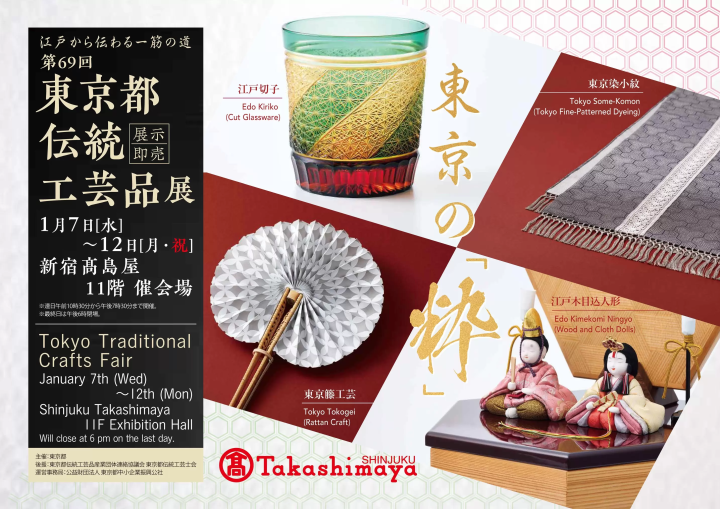Support Fukushima's Communities by Enjoying Local Delicacies

A decade has now passed since the devastation brought by the Great East Japan Earthquake and Tsunami of March 2011. To witness Fukushima's restoration efforts today, we visited the towns of Iwaki, Soma, and Namie along the Pacific Coast and checked out their food culture.
10 Years Since the Great Tohoku Earthquake: Revisiting Present-Day Fukushima
A child born in 2011 would now be 10 years old.
Reflecting on the decade-long recovery, the growth and change in the Tohoku region has been substantial.

Present-day Iwaki Station
Indeed, it’s hard to believe that ten years have passed since the Great East Japan Earthquake. How are the affected places doing in 2021?
To find the answers, we headed to the cities of Iwaki, Soma, and Namie along the Pacific Coast in the Hamadori region of Fukushima. These areas suffered immensely from the tsunami and nuclear power plant accident.
Aiming for a Better Iwaki! The Revival of Food Streets
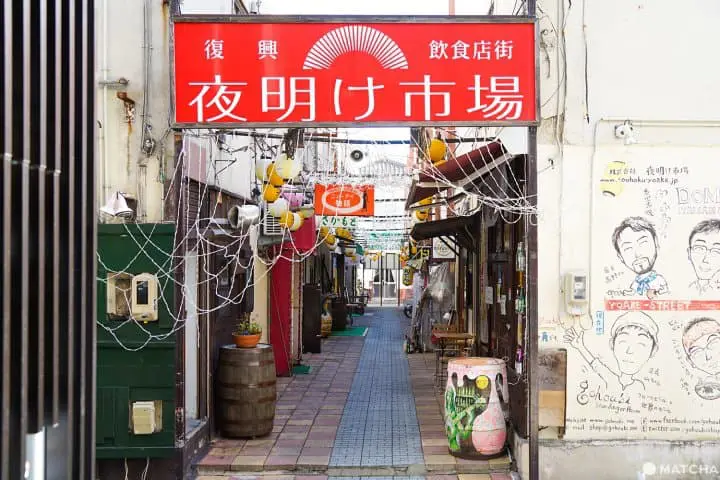
A three-minute walk from JR Iwaki Station lies the Yoake Market Food Street. It was opened seven months after the initial disaster by an earthquake restoration group called 47PLANNING. This cozy arcade brims with 15 different restaurants offering local treats including yakitori (grilled chicken skewers), Italian cuisine, and local specialties.

"Over the past ten years, we’ve realized how much potential is in Fukushima,” replied Mr. Suzuki Naoki, manager of Yoake Ichiba Food Street.
Tasty salmon roe (ikura) from the Kido River was just one of these newfound discoveries!
Kido River Ikura Festival: Uncovering a Hidden Gem!

Picture courtesy of Yoake Ichiba Food Street
During the harvest season in November, Yoake Ichiba Food Street holds its annual Kido River Ikura Festival. Each store offers its own unique salmon roe-based menu to celebrate.
“The Kido River is the southern limit for salmon roe harvesting in Japan. Therefore, salmon living in the Kido River swim much longer, giving their eggs ample nutrition. That’s why our salmon roe is extra juicy," explained Suzuki.

Picture courtesy of Yoake Ichiba Food Street
Since the salmon roe in the Kido River is well-nourished, each individual egg is larger than the average sized salmon roe. Until now, this local delicacy was sold cheaply to other prefectures because it's value wasn't yet recognized.

Therefore, a product was developed to ensure that Kido salmon roe got the fair value it deserved. In 2020, this culminated with the release of SUZUKO.
SUZUKO is packed with high-quality salmon roe that was carefully selected by fishers and flavored by a three-star Kyoto chef. They are packaged in a stylish case with a dynamic red ikura logo. The design also resembles the color of a newly risen sun.

The hefty balls explode with flavor in your mouth. Glimmering like gems, just looking at them will get your appetite roaring!
SUZUKO is exclusively offered as a gift for hometown tax donations. However, there are plans to sell it toward salmon roe-lovers nationwide in the near future!
A Former Alleyway Filled With Light and Laughter

“Before the earthquake, this entire area was desolate,” replied Suzuki. Lined with abandoned bars, Suzuki remembers being warned to stay away from this alleway in his youth.
After the disaster, it became a potential candidate for the region's renewal projects. Without a second thought, everyone agreed that this alley desperately needed a facelift. Thus, Yoake Ichiba Food Street was born!

At first, there were only two stores in the complex. However, like-minded individuals slowly but surely started to gather here. "It was like the entire street started to light up one by one," explained Suzuki.
He continued, "Upon opening, many of us agreed to make this place more beautiful a decade after the earthquake. However, there’s still so much left to do. We need to work even harder to bring both Yoake Ichiba and the entire Hamadori area back to life!”
Namie: Sharing The Local Food Scene Nationwide
Many people have a nostalgic dish from their hometown that they've loved since childhood.
For locals of Namie, this comes in the form of chunky noodles in Namie Yakisoba (stir-fried noodles)!

The main ingredients are simply noodles, beansprouts, and pork. Fried to perfection, the result is a well-balanced, nourishing dish with crunchy beansprouts and noodles coated in sauce.

To get more information, we spoke with Akiyoshi Suzuki from Asahiya, the only certified producer of Namie Yakisoba.
“Namie Yakisoba is often served in elementary and junior high school lunches. That's why it's a nostalgic dish for those who grew up in Namie.”
Suzuki was also born in Namie. Upon returning to his hometown, he finally feels at home after eating a plate of yakisoba.
Many grown-ups have learned unique ways to enhance their favorite childhood dish. The most popular is a sprinkling of hot chili pepper powder and pairing the dish with a glass of cold beer!

The spiciness also boosts the sauce's flavor, making it the ultimate accompaniment for beer and other drinks.
Lovers of this delicacy are also found all across Japan! A recently started fanclub held an online event in October 2020. This addictive flavor will surely be even a bigger hit in 2021!
Michi-no-Eki Namie: A Symbol of Revival

Namie Yakisoba is available at most supermarkets in Fukushima. If you'd like to try the dish in its hometown, we recommend the Michi-no-Eki Namie food court!
This spacious food court has several eateries, including the famous Fukushima Fruits Lab serving parfaits and drinks made from local fruit.

We recommend the limited-edition Namie Onion Smoothie (500 yen after tax) and the Namie Sky Parfait (750 yen after tax).
Yes, you read that right! This smoothie contains onions in addition to various fruits. The onion's powerful fragrance and satisfying crunch make for a truly unique smoothie experience!
The eye-catching parfait is made with apples, strawberries, kiwi, oranges, blueberries, and yogurt. Although the ingredients are more conventional, it's still a very special menu!

Michi-no-Eki Namie opened in August 2020 to provide information on sightseeing in Namie and the current restoration efforts.
The indoor shops allow visitors to support local industries. Therefore, this roadside rest area is a symbol of the area's revitalization after the devastating earthquake.

Inside the complex, you'll also find Honoka Bakery, which sells Namie Yakisoba Bread. The rich sauce and sweet bread is a surprisingly good match! It also comes with a packet of chili powder to spice it up.
There are two sizes available: large (300 yen) and small (180 yen).
Hamanoeki Matsukawaura: Making Fresh Fish Affordable
“Freshness is everything when it comes to fish. The ones we sell are caught within 100 meters from here, allowing us to get our hands on them quicker than anyone!”

These are the words of Hamanoeki Matsukawaura’s manager Takashi Tokoyoda. Although born in Chiba, he began commuting to Fukushima as a result of the earthquake and eventually moved here in 2015.

Before the earthquake, this was a community center frequented by locals. There was also a fish shop serving the latest catches.
Then everything was swept away by the tsunami.
After clearing the land for five years, the citizens agreed to create Hamanoeki Matsukawaura and bring some joy back to the once-bustling town.

“If visitors see locals enjoying regional dishes, they’ll surely want to try a piece, too.”
With this in mind, Mr. Tokoyoda dedicated his time and effort to supply locals with the freshest fish. Since opening in October 2020, neighbors and visitors from afar have swarmed to the shop. It's been deemed a great success!
Feast on the Freshest Fish at Quasetto!

If you’d like to try this local fish, we recommend heading to Quasetto at the food court.

A rice bowl topped with local flounder and Japanese sea bass
The chef's recommendation is the Local Fish Bowl (Jizakana Don) (900 yen after tax). It is topped with two varieties of fish that change daily depending on the catch. In addition to freshness, there are three ways to enjoy this seafood rice bowl.
First, try mixing wasabi in soy sauce and pouring it over the dish.

Next, give the roasted sesame seeds and tsukedon tare sauce a go! The sharpness of the soy sauce gives way to the sweetness of the tare (dipping sauce), culminating in a complex flavor.

Afterwards, choose one of the dashi soups located near the windows. Pour it in your bowl and sip the rest of your meal as ochazuke (rice steeped in dashi broth). The dashi is light and warm, forming a wholesome soup you'll slurp up in an instant!
There are also two types of miso soups with different dashi bases near the food counter. This is the perfect side dish to your seafood.

You can savor sashimi alongside simmered and fried fish by ordering the Karei no Nitsuke menu (1,800 yen after tax). The set is limited to five orders per day, so don't wait around!
Connecting Consumers With Producers

Mr. Tokoyoda explained, “Before the earthquake, fishers had no way of knowing who was enjoying their seafood.”
When fishing was restricted after the earthquake, it was an opportunity to reflect on new ways to get fish to consumers. After attempting to deliver in person, those in the industry realized the appeal of directly meeting their customers!
“In the future, I want to create a space where producers and consumers can come together and connect,” replied Mr. Tokoyoda. Generally, the fishers catch their product while customers enjoy it far away. By connecting this process, a new form of appreciation will be born between the two.
The Next Step
Having experienced a period of great destruction and loss, Fukushima is still in the middle of its long recovery. We're encouraged to see that many have rediscovered the magic of their hometown by turning tragedy into growth.
The region's restoration goal is not simply to undo the impact of the earthquake. It’s to make Fukushima bigger and brighter than ever before. The three ventures explored above are undoubtedly doing just that!
Read also
Photos by TeiChayangkul
In cooperation with Yoake Market Food Street, Michi-no-Eki Namie, and Hamanoeki Matsukawaura
Sponsored by the Ministry of Economy, Trade and Industry
MATCHA's promotional account for corporate and local government advertising. We aim to provide useful information to our readers in an enjoyable manner.






























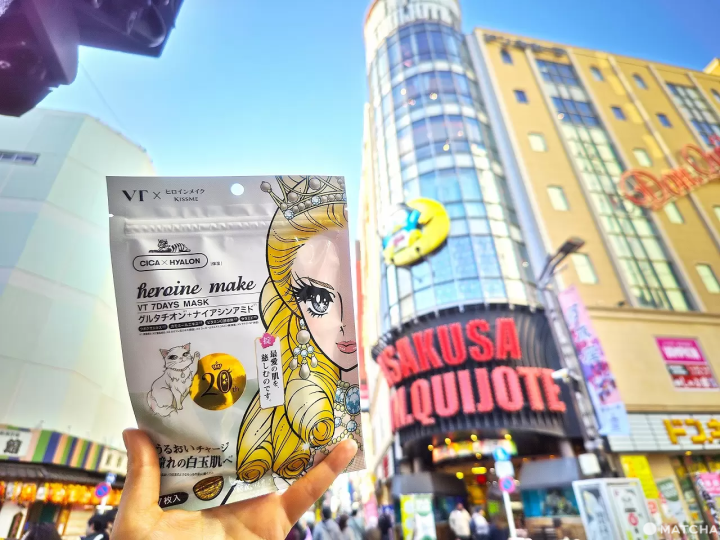
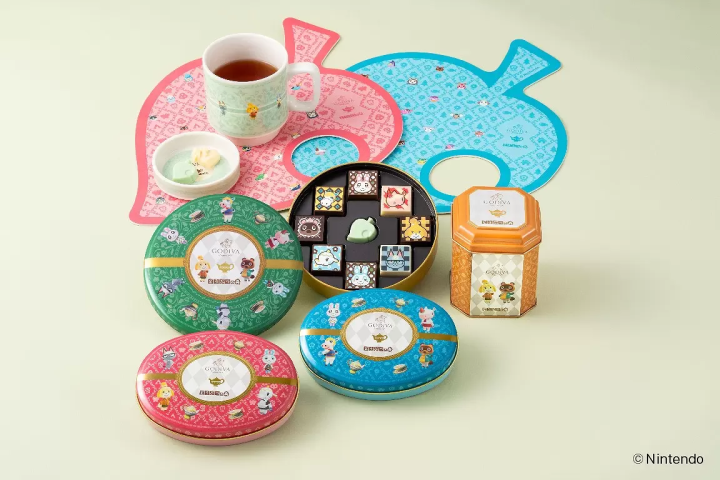
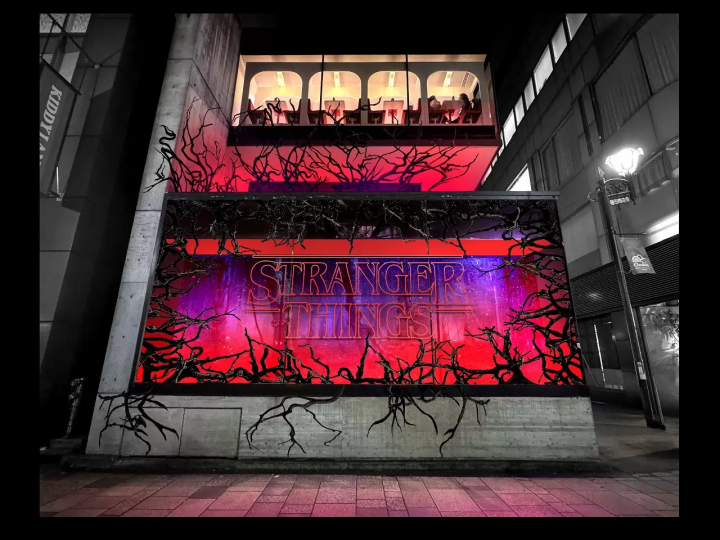
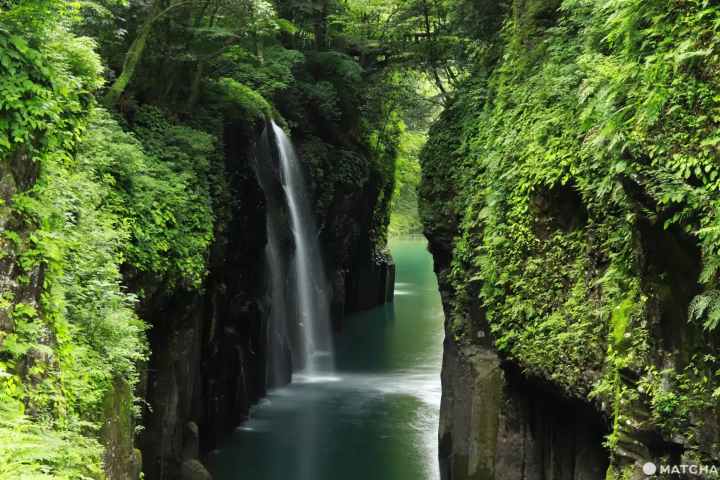





![[JR KYUSHU HOTEL Blossom Oita] A hotel directly connected to Oita Station - A comprehensive guide to access!](https://resources.matcha-jp.com/resize/720x2000/2025/10/23-247814.webp)
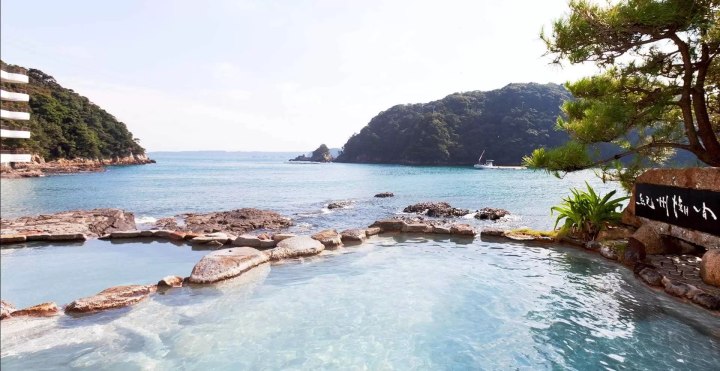
![Deep dive into Japanese brands! A tour of famous leather shoe stores with GENSEI & Nin [Harta Edition]](https://resources.matcha-jp.com/resize/720x2000/2025/12/18-253277.webp)
